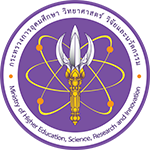Exploring Asia’s dominance of the international schools market, key trends in the global market and the factors behind its growth.
The international schools market is growing. Over the past 10 years, the number of schools has risen by 50%, facilitating a 56% increase in students and a 60% increase in staff. In this article, I’ll explore why Asia continues to lead the international schools market, the key factors behind its continued growth and the growing prominence of AI in international education.
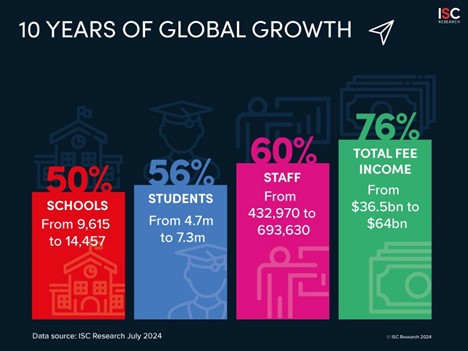
International school growth in Asia
Asia dominates the international schools market with 57% of the world’s schools. In the last five years, the number of international schools in Asia has grown by 10% and is now home to the four leading countries in the global market: China, India, the United Arab Emirates and Pakistan. This growth shows no sign of slowing, with close to 200 new schools planned to open in Asia by 2027.
Beyond the data, school leaders in Abu Dhabi and Sharjah in the United Arab Emirates are reporting a higher demand for places compared to the previous academic year. This rising demand can be attributed to an increasingly diverse student body – the UAE is a popular destination for Western expatriates due to its favourable climate and tax-free environment – and the government’s strategic focus on enhancing educational infrastructure.
In South-East Asia, market prospects in Indonesia are particularly promising, with demand being driven by a rising number of expatriates from South Korea, Japan, and India. This comes in addition to the planned relocation of Indonesia’s capital to Nusantara, presenting a host of opportunities for international school expansion.
Key drivers of global market growth
Parents around the world are selecting international schools due to the promise of their children achieving high proficiency in the English language. As the most-used language in the global economic marketplace, many families see English language acquisition as a pathway to a range of higher education and career opportunities. Importantly, though, multilingual education offerings are an emerging trend in the sector, with 36% of schools now offering two or more language learning pathways. This is largely in recognition of changing student demographics, where local students are beginning to outnumber their expatriate peers, leading to an emphasis on home-language learning in addition to English.
Furthermore, individualised student focus is a unique selling point for international schools and another key contributor to rising demand; parents look for an engaging and supportive learning environment in their school selection processes. International schools in Malaysia, Qatar, Saudi Arabia, and the UAE are placing increasing emphasis on EAL (English as an Additional Language) support, catering to differing language levels and thus accommodating a range of learning needs. On top of this, international schools are prioritising the development of their extracurricular programmes: schools in Qatar often collaborate with external companies to provide the widest range of activities, particularly in sports, aiming to address a variety of student interests and talents.
AI in international schools
Artificial Intelligence holds huge potential in increasing the accessibility and inclusivity of education: AI-driven tools can customise educational content and identify areas where additional support is needed. As a result, schools in Asia and around the world are placing themselves at the forefront of technological innovations in order to stay competitive and attract a wide range of students. In Saudi Arabia, for instance, international schools are focusing on integrating EdTech tools and interactive learning platforms that support blended learning models and enhance classroom teaching practices.
In conclusion, demand for international schools is rising, with Asia set to maintain its status as the dominant market force in terms of school and student numbers. The sector is seeing a variety of emerging trends such as multilingual learning pathways and Artificial Intelligence, promising rapid transformation in global education.
Janelle Torres is the South-East Asia Research Manager at ISC Research, responsible for connecting with international school stakeholders to gather ISC Research’s primary data and intelligence on the subregion. She has previously worked as an early childhood educator across Singapore and the Philippines, with experience as Executive Principal at a Childcare Centre for Chinese families.
Janelle will be attending Bett Asia 2024 on 3rd October 2024, speaking as part of the panel for ‘Delivering digital transformation: Adding AI to the mix’.
.png?ext=.png)

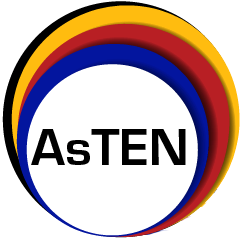





.png?ext=.png)




.png?ext=.png)



.png?ext=.png)

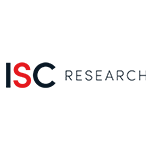



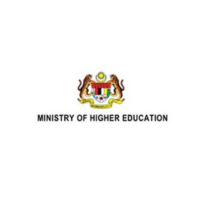

.png?ext=.png)
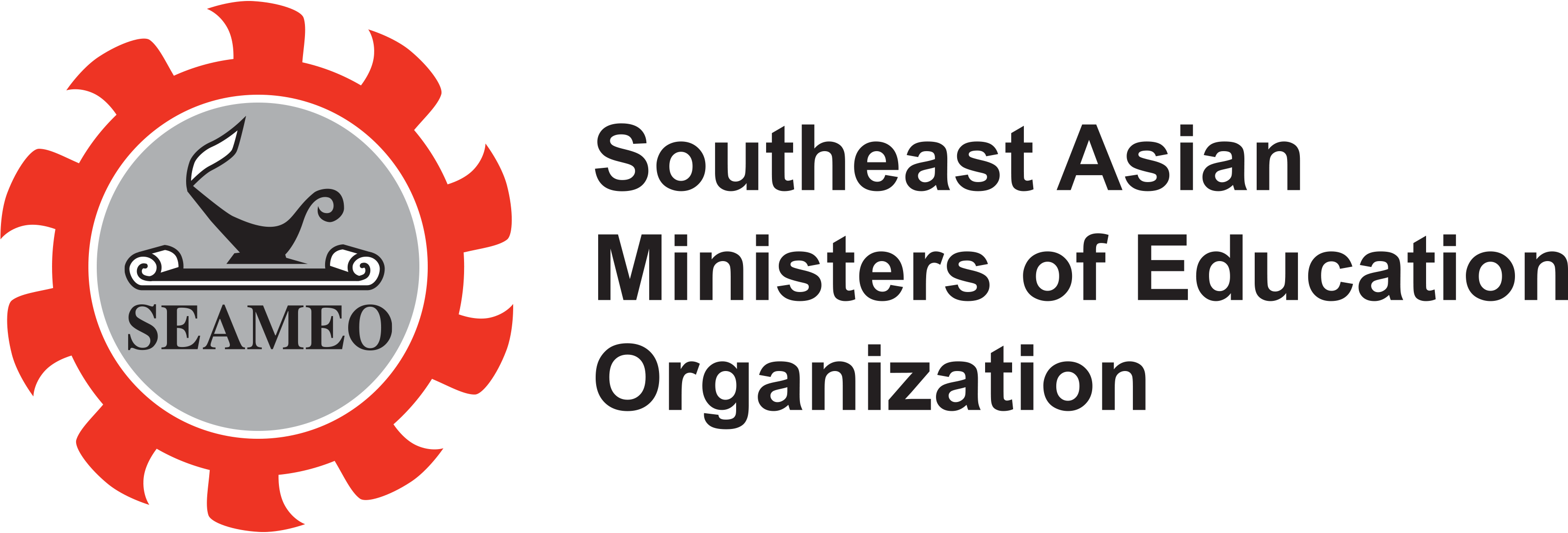
.png?ext=.png)

.png?ext=.png)

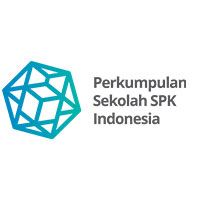

-4000px-(2).png?ext=.png)
